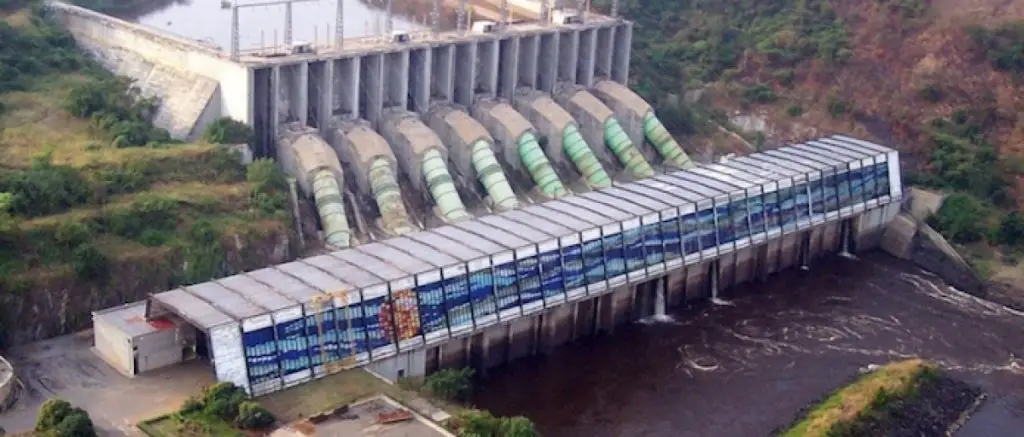The dam is to be built in six phases by either of two rival consortiums, one led by China’s Three Gorges Corporation which has said electricity could be generated within four to five years. A Spanish engineering giant Actividades de Construction Services (ACS), has suggested Inga 3 would take six years to build.
On completion, that complex is estimated to have an output capacity of 42 GW, generating more electricity than the world’s two biggest hydropower plants, Three Gorges on the Yangtze River in China (22.5 GW of generation capacity) and Itaipu in South America (14 GW of generation capacity), combined. This will make it the world's largest power plant.
Displaced people
Inga III is expected to divert water and flood the Bundi Valley for use as a reservoir. This will displace over 35,000 people who may have to move in phase 1 and 25,000 people later, including many who Inga I and Inga II had already displaced.
Bundi Valley is historically home to sacred and ancestral sites, cemeteries and the disruption, loss of livelihood and identity are threatened by Inga III.
[elementor-template id="94265"]
